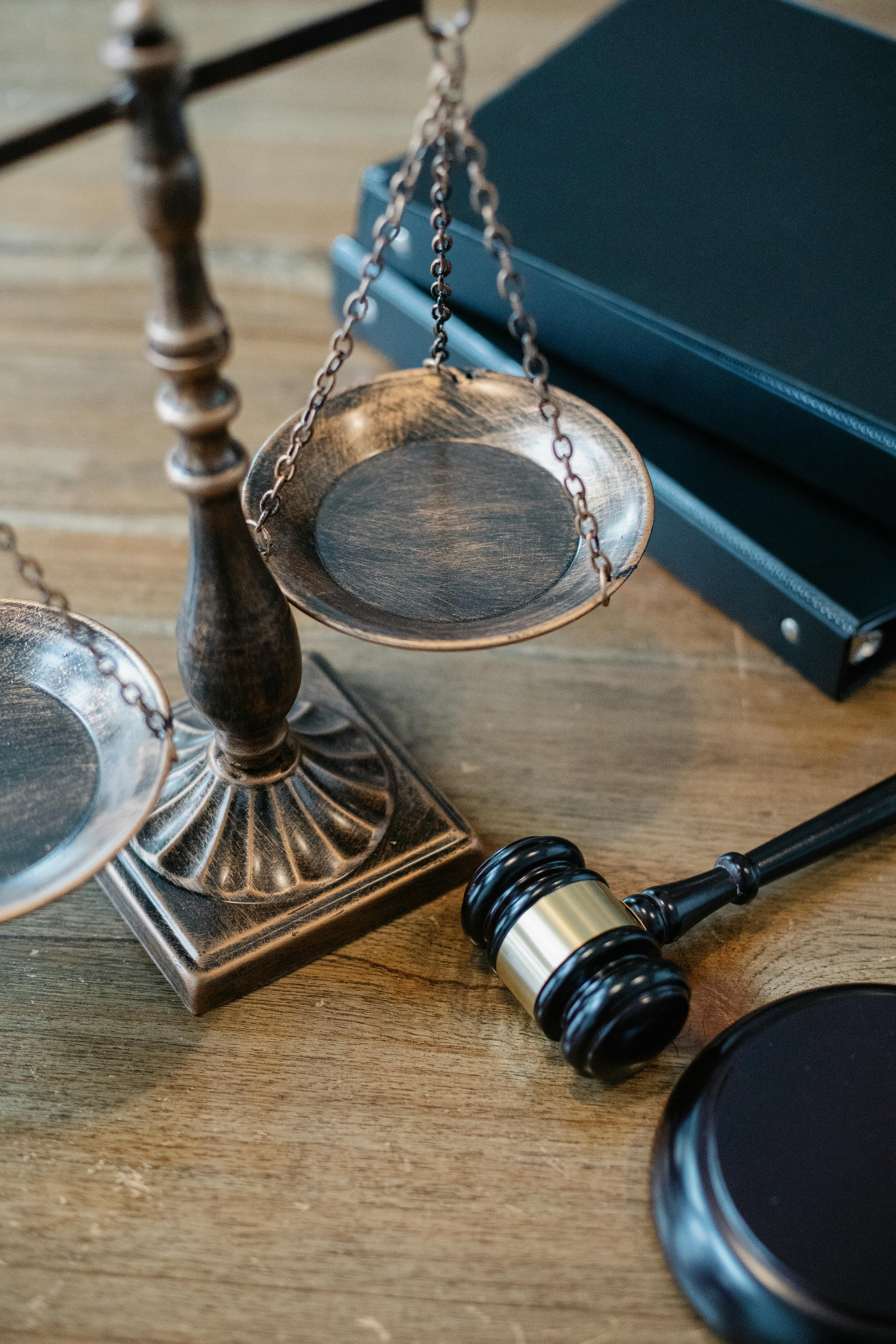Litigation in the Age of Machines: When Algorithms Enter the Courtroom

The courtroom has always been a theater of truth — a place where human emotion meets logic, and judgment rests in the delicate hands of conscience. But in 2025, that stage is no longer exclusive to humans. Algorithms now analyze evidence, predict outcomes, and even assist in sentencing recommendations. The question is no longer whether machines belong in court — but how much of the courtroom they already own.
For attorneys, this is both an opportunity and a reckoning. Artificial intelligence promises unprecedented efficiency — but it also challenges the sacred foundation of fairness. When code enters litigation, it brings precision — and prejudice. It offers justice — and judgment without empathy.
⚖️ The Rise of Algorithmic Evidence
Evidence, once confined to documents and testimony, has evolved into data streams and digital fingerprints. In modern trials, predictive analytics, facial recognition logs, and behavioral patterns are now admissible forms of evidence. What once required human witnesses can now be proven by code.
In Algorithmic Justice, we explored how algorithms can mirror human bias. In the courtroom, that mirror becomes a magnifier. A dataset shaped by prejudice can convict faster than any jury — and with far less hesitation.

Some jurisdictions have already tested algorithmic risk assessments in sentencing. The results are striking — decisions are faster, but not always fairer. Machines can measure probability, but they cannot weigh mercy.
🧠 The Digital Judge — Automation on the Bench
In Estonia, an AI-based small claims judge already handles minor disputes under €7,000. What began as an experiment has evolved into a glimpse of the future. The concept of the digital judge introduces both efficiency and existential fear. When a judgment is rendered in milliseconds, justice risks losing its human rhythm.
Yet the legal world cannot ignore the benefits: reduced backlog, data-driven consistency, and real-time precedent mapping. AI judges do not tire, do not err from emotion, and do not discriminate — unless taught to. As one court technologist observed, “The machine doesn’t forget — it remembers too much.”

The role of the human judge may soon resemble that of a curator — reviewing, contextualizing, and correcting algorithmic logic. Law becomes a duet between judgment and computation — between conscience and code.
📈 Predictive Justice Systems — When the Verdict Is Calculated
In the digital courtroom, probability is replacing persuasion. Predictive justice systems analyze millions of previous rulings to estimate the outcome of a case before it begins. For corporations, this means risk mitigation. For individuals, it raises a more profound question — if your future can be predicted by data, what remains of your right to surprise the system?
In New York, several firms now use AI-driven “Litigation Forecasting Engines” to predict the probability of success for civil cases. These platforms visualize outcomes across time, location, and even judge behavior. The result: clients choose settlements over trials not out of strategy, but because an algorithm said so.

The promise of predictive justice lies in its precision; its peril lies in its inevitability. If law becomes too predictable, it may cease to be just. True justice depends not on probability, but on possibility — the chance that one human mind can still change another.
⚖️ The Attorney’s Counterbalance — Reclaiming Human Judgment
In a world where machines can argue logic, the attorney’s advantage lies elsewhere: in empathy, narrative, and human unpredictability. The modern litigator’s role is not to outcompute algorithms — but to interpret what algorithms cannot: intent.
Great lawyers understand that justice is not just data — it’s drama. They reintroduce context where machines see only correlation. They remind the court that a person is not a dataset, and that truth, like conscience, resists quantification.

As explored in Inside the Modern Attorney’s Mind, the true skill of the digital lawyer is not in using machines, but in knowing when not to. The art of modern litigation is restraint — choosing when to trust data and when to defy it.
As one senior attorney once said, “Algorithms can calculate justice — but only humans can feel it.” That sentiment, not the software, is what keeps the law alive.
💻 Virtual Trials & Digital Witnesses — The Courtroom Without Walls
In 2025, litigation is no longer bound by geography. Trials are conducted across continents, where attorneys argue through encrypted channels and judges preside over virtual chambers. The courtroom, once a sacred space, has become a secure network — a courtroom without walls.
Digital witnesses now testify through holographic projection or pre-verified video. Evidence is logged on blockchain systems for immutable authenticity. AI stenographers record every breath and pause, generating real-time transcripts with near-perfect accuracy. The ritual of law remains — but its setting has vanished.

For attorneys, virtual litigation demands a new kind of mastery. Presentation, once guided by presence, now depends on digital clarity — camera angles, connection stability, and the silent choreography of virtual persuasion. Justice has migrated to the cloud, and advocacy must follow.
⚖️ Bias, Transparency & the Fight for Algorithmic Fairness
Every new tool of justice carries an old danger: bias. In the digital courtroom, bias hides in code. Machine learning systems, trained on historical data, can replicate the same inequities that law once sought to erase. The result: faster injustice — automated at scale.
Transparency becomes the new rule of law. Attorneys now demand algorithmic disclosure — the right to inspect, audit, and challenge the systems that influence verdicts. As one ethics board declared, “You cannot cross-examine a black box.” Without transparency, accountability collapses.

In The Future of Legal Personhood, we questioned whether AI could hold rights. Here, the question is inverted — should AI be held accountable for wrongs? The legal profession stands as the last safeguard between automation and amnesty.
The fight for algorithmic fairness is not about opposing technology — it’s about ensuring that technology remembers what law was built for: justice, not judgment.
🧭 When Law Becomes Logic — and Justice Demands Emotion
The future courtroom may run on servers, but justice will always run on soul. As automation spreads across litigation, the role of the human advocate transforms — not into obsolescence, but into oversight. Attorneys become guardians of the moral algorithm — ensuring that logic never eclipses empathy.
Machines may deliver efficiency, but only humans can deliver mercy. A verdict generated in a second can change a life forever — and no neural network has yet learned the weight of consequence. The balance between law and logic will define not only our courts, but our civilization.

As discussed in Inside the Modern Attorney’s Mind, the strength of the attorney lies not in processing data — but in perceiving humanity within it. Justice, at its highest form, is not a calculation. It’s a conviction — built on truth, tempered by compassion.
📜 Case File: The Age of Algorithmic Litigation
The courtroom of the future will not be silent — it will hum with servers and glow with data streams. Yet amidst that digital chorus, one voice will remain irreplaceable: the attorney’s. For the advocate is not just a speaker of law — they are the translator of humanity.
The evolution of litigation will not end with automation. It will end when justice becomes both intelligent and empathetic. And that future — the union of conscience and code — will be built not by algorithms, but by the lawyers who understand them.

Explore more from the Attorneys Series:
- Inside the Modern Attorney’s Mind: Data, Strategy, and Precision
- Client Trust in 2025: The Ethics of AI-Driven Legal Counsel
- The Digital Constitution: How AI Is Rewriting the Legal Order
FinanceBeyono Attorneys Network — where litigation meets innovation, and the human voice remains the final verdict.
